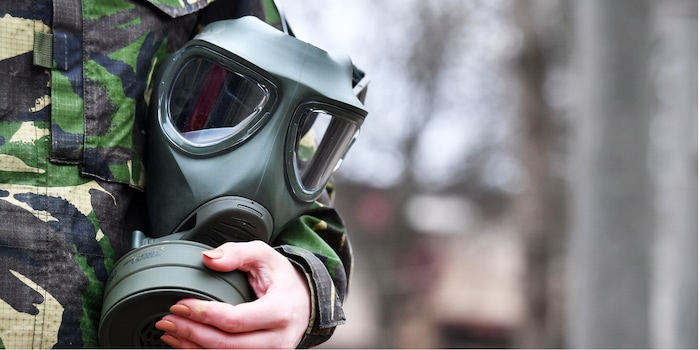
Artificial intelligence finds 40,000 toxic molecules
At a Swiss conference, researchers reprogrammed an algorithm to find drugs. In a very short time, the artificial intelligence discovered toxic molecules that could be used for chemical weapons.
An artificial intelligence (AI) from the US pharmaceutical company Collaborations Pharmaceuticals Inc. discovered 40,000 potential toxic molecules within a few hours. These could be used as the basis for new chemical weapons. This is what the researchers responsible state in a paper for Nature Machine Intelligence.
The team led by Fabio Urbina, a senior scientist at Collaborations Pharmaceuticals Inc. had specifically targeted the machine learning models. They did so as part of the Spiez Convergence - a conference on biological and chemical weapons arms control organized by the Federal Office for Civil Protection.
For the past edition of the conference, the researchers are to show how machine learning could be misused in the field of biological and chemical weapons.
Scientists inverted usual model
Normally, researchers use machine learning to find new drugs that have no toxicity. Collaborations Pharmaceuticals Inc. actually specializes in fighting rare and infectious diseases. But for the Spiez Convergence, which takes place every two years, the researchers reversed their models.
So in the new model, toxicity and bioactivity were rewarded instead of penalized. In doing so, Urbina and his team focused the AI particularly on compounds such as the nerve agent VX - one of the most toxic chemical warfare agents of the twentieth century. Even a few flakes the size of a grain of salt can be lethal. With these prerequisites, it took less than six hours for the AI to find 40,000 molecules that exceeded the predefined threshold of toxicity.
Mind game to create awareness
He said the exercise provided a theoretical basis for creating new biochemical weapons. To Nature Machine Intelligence, the researchers emphasized that they "had not considered this thought game before."
"By reversing the use of our machine learning models, we had transformed our harmless model from a helpful tool of medicine into a generator of likely lethal molecules," they wrote further. While they had not synthesized any of the molecules themselves, malicious actors could turn to commercial companies offering chemical synthesis. Thus, they say, it is difficult to prevent the production of new, extremely toxic substances.
That's why they see their work as a cautionary tale for the world of science. Especially since key building blocks of this thought experiment are in the public domain, they say. Urbina's team worked exclusively with public databases for the experiment. The necessary software tools are also freely available in a similar form. That's why it's time to open a discussion about dangerous misuse in the field of machine learning in the pharmaceutical sector.
«I want it all! The terrifying lows, the dizzying highs, the creamy middles!» – these words spoken by an iconic American TV celebrity could have been mine. It's a take on life I also apply to my job. What does this mean in concrete terms? That every story has its charm; no matter how small, large, exciting or trivial. The more eclectic the mix, the better.
From the latest iPhone to the return of 80s fashion. The editorial team will help you make sense of it all.
Show all